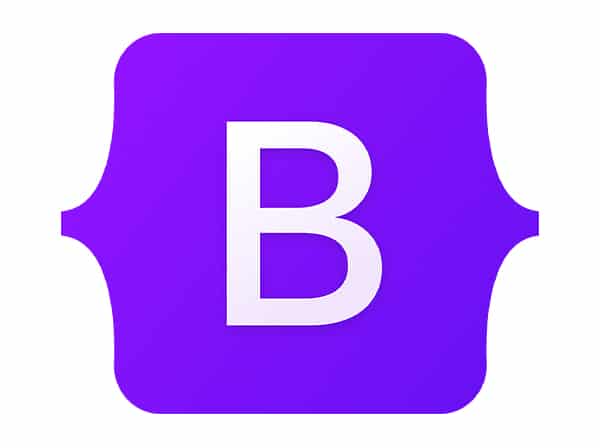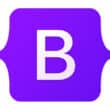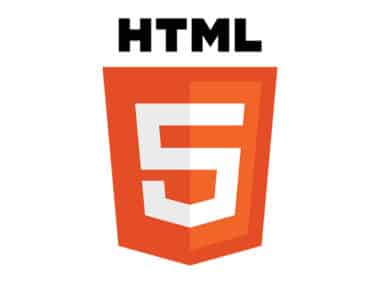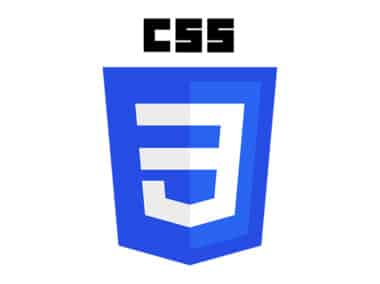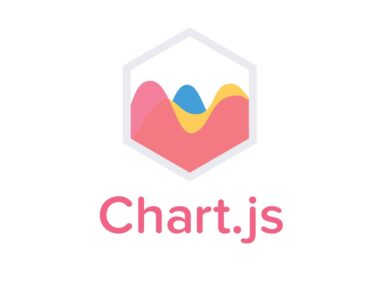Bootstrap is a popular open-source front-end framework that is used to design responsive and mobile-first web pages. It was created by Twitter in 2011, and has since grown to become one of the most widely used frameworks in web development.
Bootstrap is designed to simplify the process of creating a website by providing pre-built HTML, CSS, and JavaScript components. These components can be easily customized to suit the specific needs of a website, allowing developers to create beautiful and functional web pages quickly and easily. Bootstrap is used by developers to build websites and web applications of all sizes and complexities.
Bootstrap Architecture
Bootstrap is built on a grid system that allows developers to create responsive layouts. The grid system is based on a 12-column layout, which can be divided into rows and columns to create different layouts. This makes it easy to create responsive designs that adjust to different screen sizes and resolutions.
Bootstrap also provides a wide range of pre-built components, including buttons, forms, tables, and navigation menus. These components can be easily customized using CSS classes, allowing developers to create a unique look and feel for their website.
Bootstrap’s architecture is based on a mobile-first approach, which means that design and development considerations are made first for mobile devices, and then expanded to larger screen sizes. This ensures that websites built with Bootstrap have a consistent design and functionality across all devices.
Bootstrap Features
Bootstrap is designed to be easy to use, even for developers who are new to web development. Some of the key features of Bootstrap include:
- Responsive design: Bootstrap makes it easy to create responsive designs that look great on any device. This is achieved through the use of its grid system, which allows developers to create layouts that automatically adjust to different screen sizes and resolutions.
- Pre-built components: Bootstrap provides a wide range of pre-built components that can be easily customized. These components include buttons, forms, tables, and navigation menus, among others.
- Easy customization: Bootstrap can be easily customized using CSS classes. This allows developers to create unique designs for their websites without having to start from scratch.
- Cross-browser compatibility: Bootstrap is designed to work seamlessly across all modern web browsers. This ensures that websites built with Bootstrap have a consistent look and feel across different browsers.
- Community support: Bootstrap has a large and active community that provides support and resources for developers. This includes documentation, tutorials, and forums where developers can ask for help and share their experiences.
In conclusion, Bootstrap is a powerful and versatile framework that is widely used in web development. Its grid system and pre-built components make it easy to create responsive and mobile-first web pages, while its easy customization and cross-browser compatibility make it a popular choice among developers. Bootstrap’s mobile-first approach ensures that websites built with it are optimized for mobile devices, which is becoming increasingly important as more people access the internet on their phones and tablets. If you’re a web developer looking to build responsive and mobile-first websites and applications, Bootstrap is definitely worth considering.
